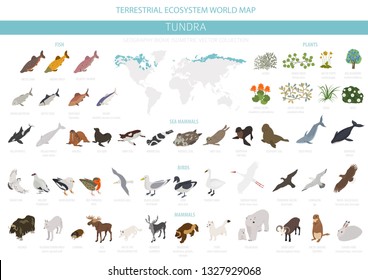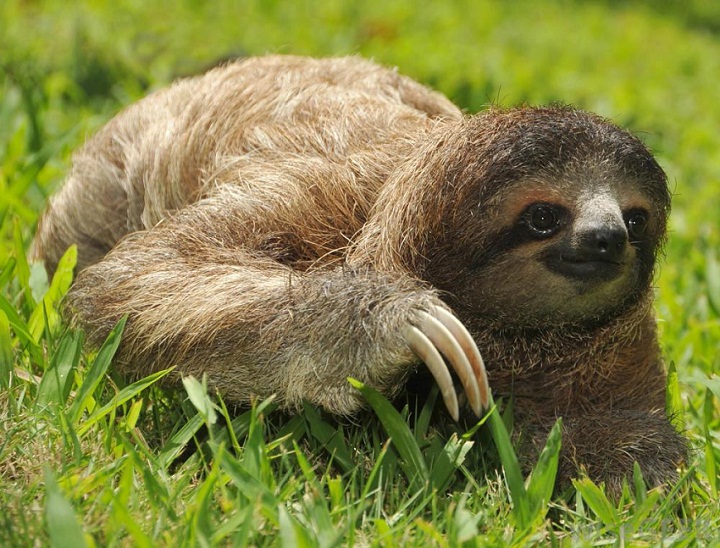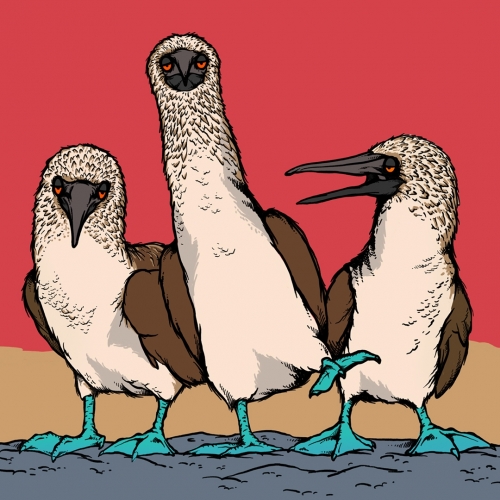
38+ Tundra Habitat Animals And Plants Images
.Mountain goats, sheep, marmots, and birds live in alpine or mountain tundra. One of the largest arctic tundra mammals, the musk ox has a dense coat which, combined with its large size and short legs and tail, reduces the loss of body heat.
The habitat has a long and brutal winter and the barren landscape provides many challenges.
Below are some really neat facts about the arctic tundra! Plus, tundra is found on high altitude mountains and is called. Almost all the tundra vegetation is perennial that come back each year from the same root. Also, these tend to have shallow roots and flower quickly during the short summer months. They are called cushion plants because they are soft and cushiony. This biome is called tundra. Dec 04, 2020 · although it is one of the most inhospitable habitats in the world, there are surprisingly quite a few interesting plants and animals that exist here. Below are some really neat facts about the arctic tundra! Tundra wildlife includes small mammals—such as norway lemmings ( lemmus lemmus ), arctic hares ( lepis arcticus ), and arctic ground squirrels ( spermophilus parryii )—and large mammals, such as caribou ( rangifer tarandus ). Jun 09, 2020 · invasive and migrating species. The plants growing in the alpine climate and at a higher elevation (above the tree line) are called alpine plants. The polar bear is a tertiary consumer and is an omnivore. Mountain goats, sheep, marmots, and birds live in alpine or mountain tundra. Animals that live here include: Mar 02, 2020 · animals in the tundra are also adapted to extreme conditions, and they take advantage of the temporary explosion of plant and insect life in the short growing season. Aug 06, 2018 · a prominent example is the herbivorous musk ox. But other species, such as shrubs and the wolf spider ( lycosidae spp.), are thriving. More images for tundra habitat animals and plants » Some humans inhabit the tundra. Most of the world’s tundra is found in the north polar region. The prominent plants include varieties of mosses, lichens, sedges, perennial grasses, and cushion plants. Feb 17, 2012 · yet plants and animals that are adapted for the harsh conditions thrive. The habitat has a long and brutal winter and the barren landscape provides many challenges. It is called arctic tundra. Climate change is driving down populations of some arctic tundra natives, such as caribou (also known as reindeer), by fostering an increase in parasites and disease while damaging food sources. Other arctic tundra herbivores include arctic hares, squirrels, voles, lemmings and caribou, which have hooves that support them in snow. Most of the region is found within the arctic circle and above the edge of the coniferous forests—latitude 60°n in canada and siberia and. One of the largest arctic tundra mammals, the musk ox has a dense coat which, combined with its large size and short legs and tail, reduces the loss of body heat. The arctic tundra is a harsh environment that only the toughest plants and animals can survive in. Oct 13, 2020 · rockhopper penguin, macaroni penguin, king penguin, gentoo penguin, emperor penguin, adelie penguin, and chinstrap penguin are the penguins of antarctica. Plants which grow in the tundra include grasses, shrubs, herbs, and lichens.





